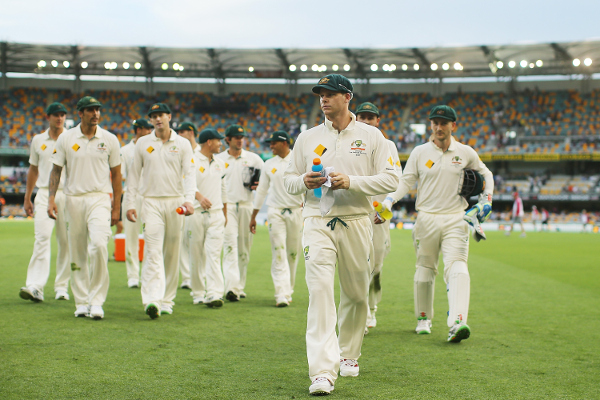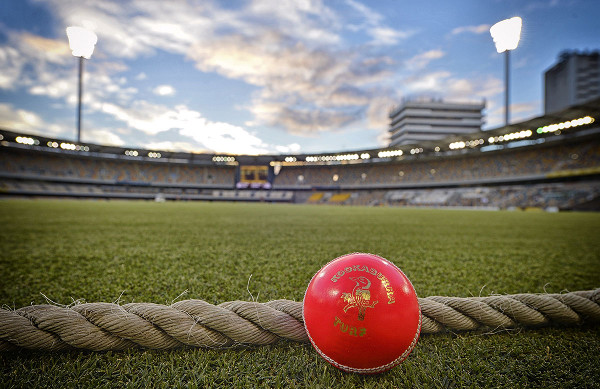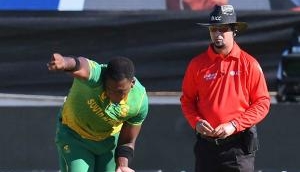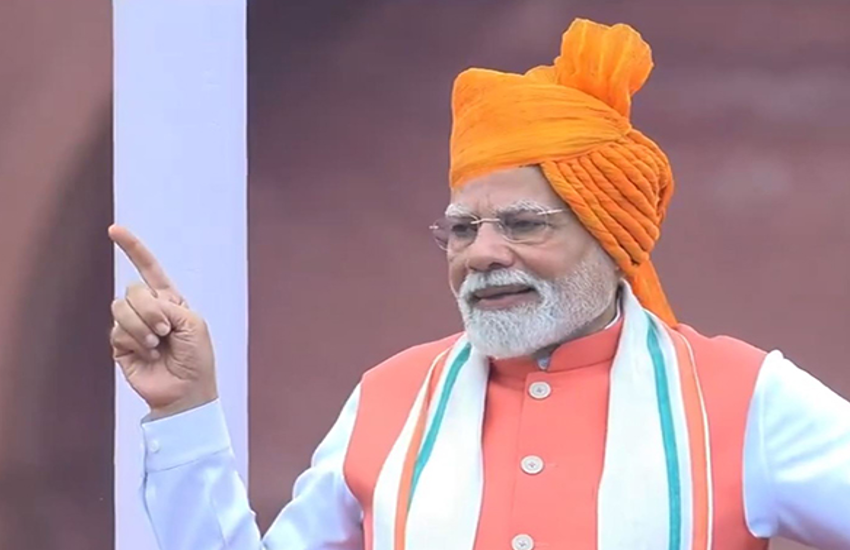
In what appears to be a desperate bid to revive Test cricket, the International Council of Cricket (ICC) has introduced a lucrative day-night format for the longer version of the game.
Test cricket, the long-cherished traditional form of the game, will start a new chapter in its evolution when Australia and New Zealand play the inaugural day-night Test at the Adelaide Oval from 27 November.
Though the concept was approved by the ICC in 2012, the cricket body has allowed the participating boards to decide its finer points - including the colour of the ball to be used in the games.
First international day-night Test match

The ICC's day-night Test match format found its suitors in Australia and New Zealand. The two cricketing giants will lock horns in the historic match - the final game of the three-match series - starting Friday.
Batsmen have so far dictated terms in the three-match Trans-Tasman tournament. But the pink Kookaburra ball and a green-tinged wicket should swing the balance of power back to the bowlers at Adelaide.
Leading 1-0 in the series, Australia retained the Trans-Tasman Trophy with the meandering draw in Perth. So much of the suspense in Adelaide will center around the fitness of the pink ball and how it plays on the venue's drop-in wicket.
What are the concerns

Cricket Australia conducted tests while using the pink ball in domestic cricket during the Sheffield Shield games, late last year. Though some Shield players had no problems with the pink ball, others reported trouble seeing the ball or its seam under floodlights.
There were also concerns about how quickly it softened and lost its swing when compared with the traditional red ball. The players also revealed that the white seam on the pink ball made it hard to pick, swing and spin from the bowler's head.
What's in it for Australia and New Zealand

New Zealand Cricket agreed to play the day-night matches as part of a lucrative financial package secured by arranging their first Test series against Australia since 2011.
For Cricket Australia, the move is in part about maximising revenue. While the traditional Boxing Day and New Year's Tests in Melbourne and Sydney will remain unaffected, the Australian cricket board is targeting fans outside of summer holiday periods. The idea is that spectators will be more likely to attend Tests if they could turn up after work and see most of the day's play.
Reactions on the new format

"It doesn't react anything like the red ball, in terms of swing and the hardness of it anyway. The other thing as well is, personally, I couldn't see the thing at night on the boundary. I couldn't see the ball. So I'm not sure how the crowd is going to see it," Australia's bowling spearhead Mitchell Starc said.
Former Pakistan cricketer Rashid Latif urged India and Pakistan to renew their rivalry in the latest format.
"It is an issue on which cricket authorities in Pakistan, India, Sri Lanka and Bangladesh should have taken the lead, especially Pakistan. But even now it is not too late and they should follow it up earnestly," Latif said.
"It is a big experiment. It is a big step towards changing something in Test cricket. I hope it works. I'm glad two teams have actually agreed to play an official Test like that as an experiment. Credit to Australia and New Zealand, both, that they have decided to do this. Hopefully it will be better for the game. It will be a step which we all might remember few years down the line. Let's hope so," India's Test captain Virat Kohli said.








![BJP's Kapil Mishra recreates Shankar Mahadevan’s ‘Breathless’ song to highlight Delhi pollution [WATCH] BJP's Kapil Mishra recreates Shankar Mahadevan’s ‘Breathless’ song to highlight Delhi pollution [WATCH]](https://images.catchnews.com/upload/2022/11/03/kapil-mishra_240884_300x172.png)

![Anupam Kher shares pictures of his toned body on 67th birthday [MUST SEE] Anupam Kher shares pictures of his toned body on 67th birthday [MUST SEE]](https://images.catchnews.com/upload/2022/03/07/Anupam_kher_231145_300x172.jpg)






